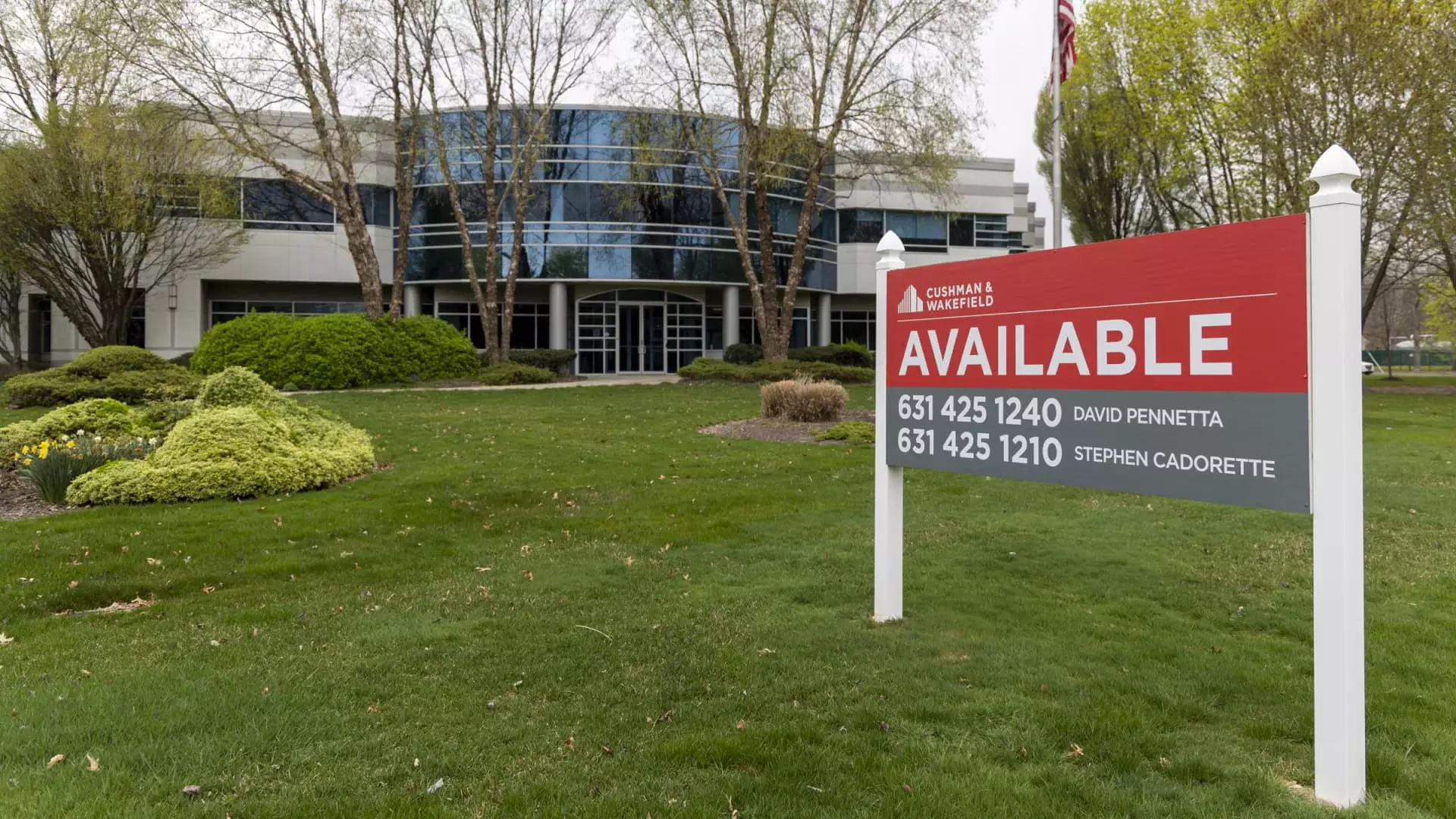The Future of Commercial Real Estate: Navigating New Waters

In the ever-evolving landscape of commercial real estate (CRE), a notable shift is underway. As of September 2023, the Federal Reserve’s decision to lower interest rates for the first time since 2020 has sparked discussions about a potential revival in an industry long plagued by downturns. This article delves deeper into the implications of these rate cuts, the current market dynamics, and the contrasting fortunes of various subsectors within CRE.
The lowering of the Federal funds rate by 50 basis points not only aims to stimulate the economy but also introduces critical changes for sectors sensitive to borrowing costs, particularly commercial real estate. By making financing more accessible and less costly, lower interest rates can catalyze increased transactional activity. Analysts from Wells Fargo highlighted this shift as a significant “green shoot” for the CRE sector, suggesting that diminished borrowing costs foster greater confidence amongst investors.
As prospective buyers and sellers regain trust in the market, a psychological shift occurs, transforming the once stagnant environment into a more dynamic space. Alan Todd from Bank of America emphasizes that once the Fed embarks on a path of rate cuts, this trend is likely to persist, further encouraging market activities. As sentiment improves, we are witnessing a positive uptick in refinancing and transaction volumes, starkly contrasting the previous stalemate characterized by inflated property valuations and hesitant buyers.
According to statistics released by Altus Group, the CRE market exhibited its first quarterly increase in transaction volumes since 2022, amounting to over $40 billion in the second quarter of 2024. This resurgence is particularly pronounced within the multifamily sector, showcasing a 13.9% rise quarter over quarter. The gradual return of confidence among investors reflects not only in sales but also in property valuations, as evidenced by a steady increase in the MSCI U.S. REIT Index since the spring.
Moreover, as the market rebounds, we’re beginning to observe a trend where supply is concurrently diminishing. This balance between supply and demand is crucial, as it directly correlates with property valuations. However, the road to recovery is likely to be fraught with obstacles. While some sectors witness growth, others continue to grapple with prevailing challenges, underscoring the multifaceted nature of the CRE market.
A bifurcation is becoming evident in the CRE landscape. While the multifamily sector demonstrates promising growth, the office segment continues to face significant hurdles. Though there are signs of recovery, such as an uptick in net absorption of occupied office space, challenges like rising vacancy rates and a shift towards remote work persist. Wells Fargo’s research points out that despite a positive net absorption figure, the overall market remains fraught with obstacles, as vacancy rates climbed to a striking 16.7%.
Major urban centers, which once epitomized thriving office markets, are feeling the pressure. For instance, New York City’s office visitation rates are only slightly recovering, reaching 77% of pre-pandemic levels in June 2023. Markedly, the floundering demand for traditional office spaces and a stagnant job market only exacerbate the sector’s woes, leading analysts to predict a slower recovery timeline for office properties.
In stark contrast to the struggles of the office market, the multifamily sector emerges as a beacon of hope. The demand for rental units has surged, propelled by high homeownership costs and a scarcity of affordable single-family homes. Renters are increasingly opting for multifamily housing, with net absorption reaching levels not seen in nearly three years. This phenomenon is coupled with a decrease in vacancy rates, suggesting a more favorable market for landlords and investors alike.
Despite significant construction activity leading to a predicted completion of over 518,000 rental units by the end of 2024, the stabilization of vacancy rates at 7.8% signifies a healthy equilibrium between tenant demand and rental supply. Moreover, as the average monthly rent remains manageable when juxtaposed with climbing mortgage rates, the multifamily sector is poised for continued strength.
Commercial real estate stands at a pivotal juncture. The Federal Reserve’s decision to cut interest rates may very well serve as a catalyst for a prolonged recovery within the sector, particularly for multifamily assets. However, the disparity between subsectors illustrates that optimism must be tempered with caution.
As market dynamics continue to shift, stakeholders must adapt their strategies to navigate the complexities of these changing tides. While the path forward is laden with challenges for offices, the burgeoning demand for multifamily housing paints a more optimistic picture. Stakeholders will need to remain vigilant and responsive as they traverse the new realities shaping commercial real estate in the months and years to come.





